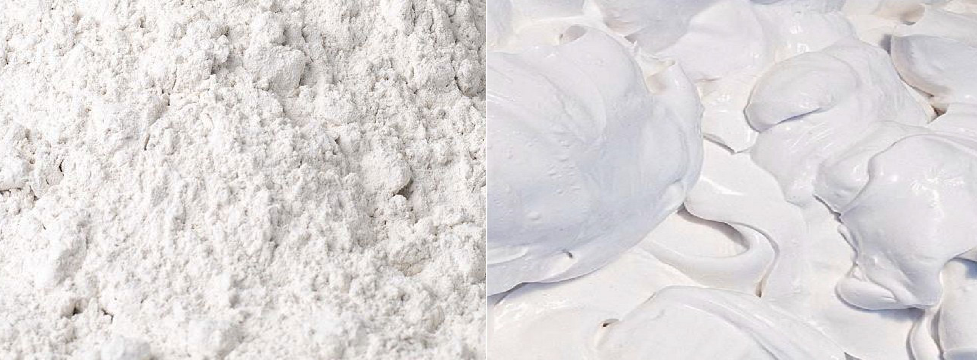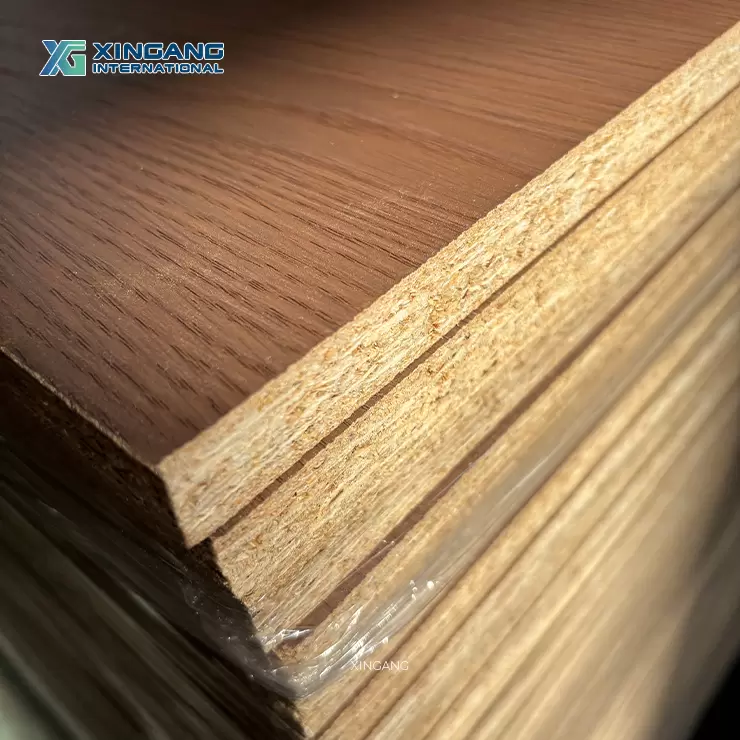The Consequences of Rapid Drying in Cement: What You Need to Know

Cement is a crucial component in the construction industry, used in the creation of buildings, bridges, roads, and other infrastructure. However, if cement dries too quickly, it can lead to a range of problems that can compromise the integrity of the structure. In this article, we will explore the consequences of rapid drying in cement and what you need to know to prevent them.
- Cracking
One of the most common consequences of rapid drying in cement is cracking. When cement dries too quickly, it can shrink and crack, which can weaken the structure and compromise its durability. This can be particularly problematic in areas with extreme temperature fluctuations, as the expansion and contraction of the cement can exacerbate the cracking.
- Reduced Strength
Rapid drying can also lead to reduced strength in the cement. When the water in the mixture evaporates too quickly, it can leave behind voids and gaps that weaken the structure. This can make the cement more susceptible to damage from external forces, such as wind, rain, and seismic activity.
- Poor Adhesion
Another consequence of rapid drying in cement is poor adhesion. When the cement dries too quickly, it can form a weak bond with the surface it is applied to, which can lead to delamination and other issues. This can be particularly problematic in areas with high humidity or moisture, as the moisture can seep into the gaps and weaken the bond even further.
- Increased Porosity
Rapid drying can also increase the porosity of the cement, making it more susceptible to water damage and other issues. When the water evaporates too quickly, it can leave behind voids and gaps that allow water to seep in and weaken the structure. This can be particularly problematic in areas with high rainfall or humidity, as the water can penetrate the cement and cause it to deteriorate over time.
In conclusion, rapid drying in cement can lead to a range of problems that can compromise the integrity of the structure. To prevent these issues, it is important to ensure that the cement is mixed and applied correctly, and that it is allowed to dry at a controlled rate. By taking these steps, you can ensure that your cement structures are strong, durable, and able to withstand the test of time.






